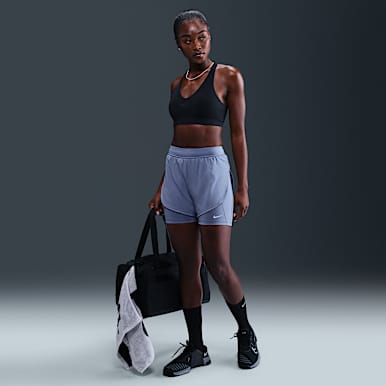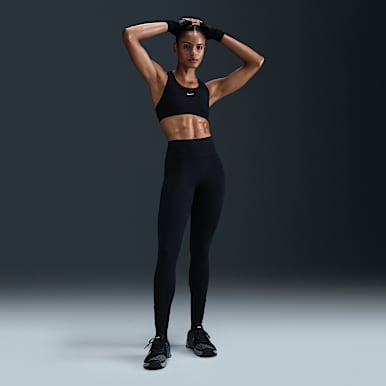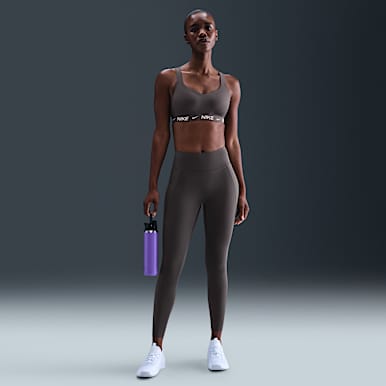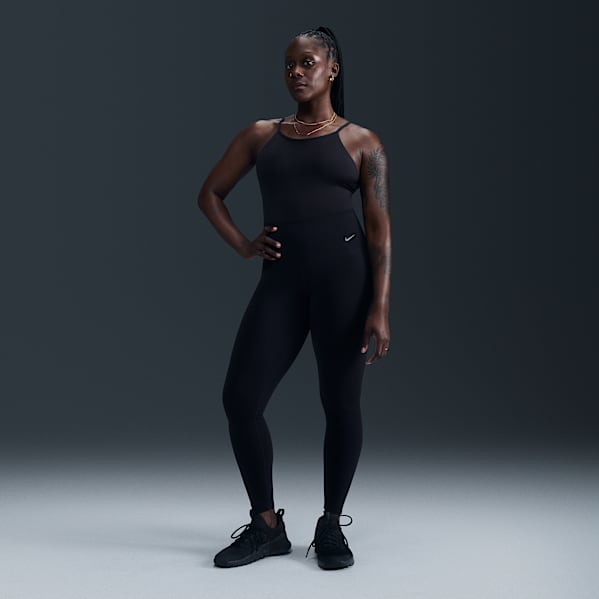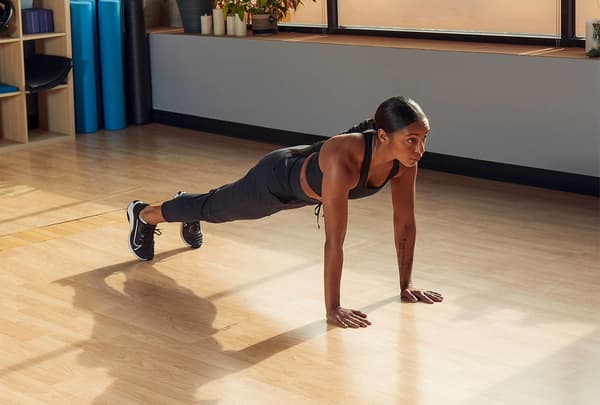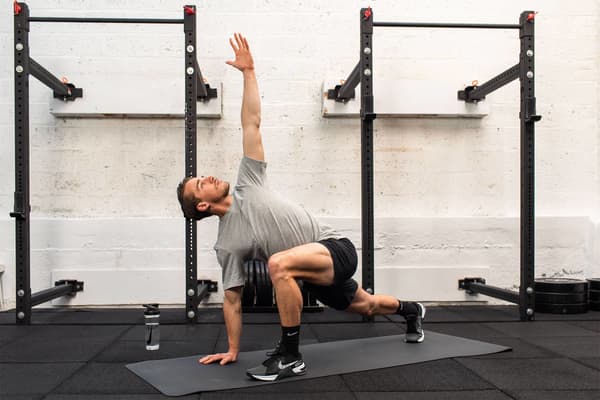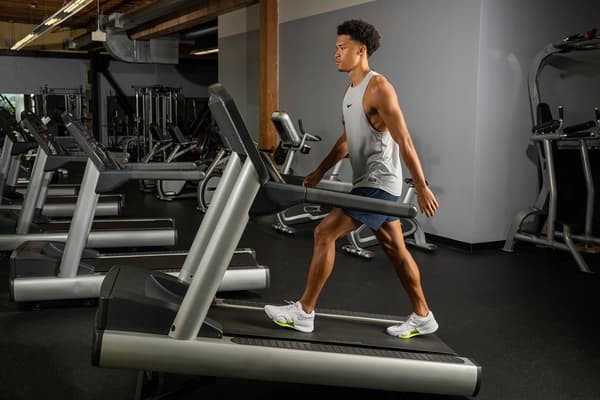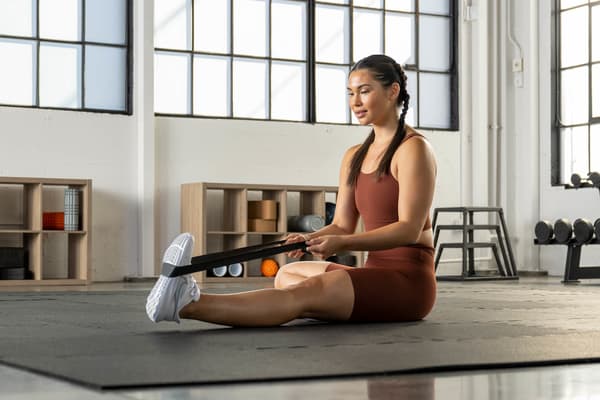Everything You Need To Know About Compound Exercises
Sport & Activity
Including these movements into your strength routine can make a short workout highly effective.
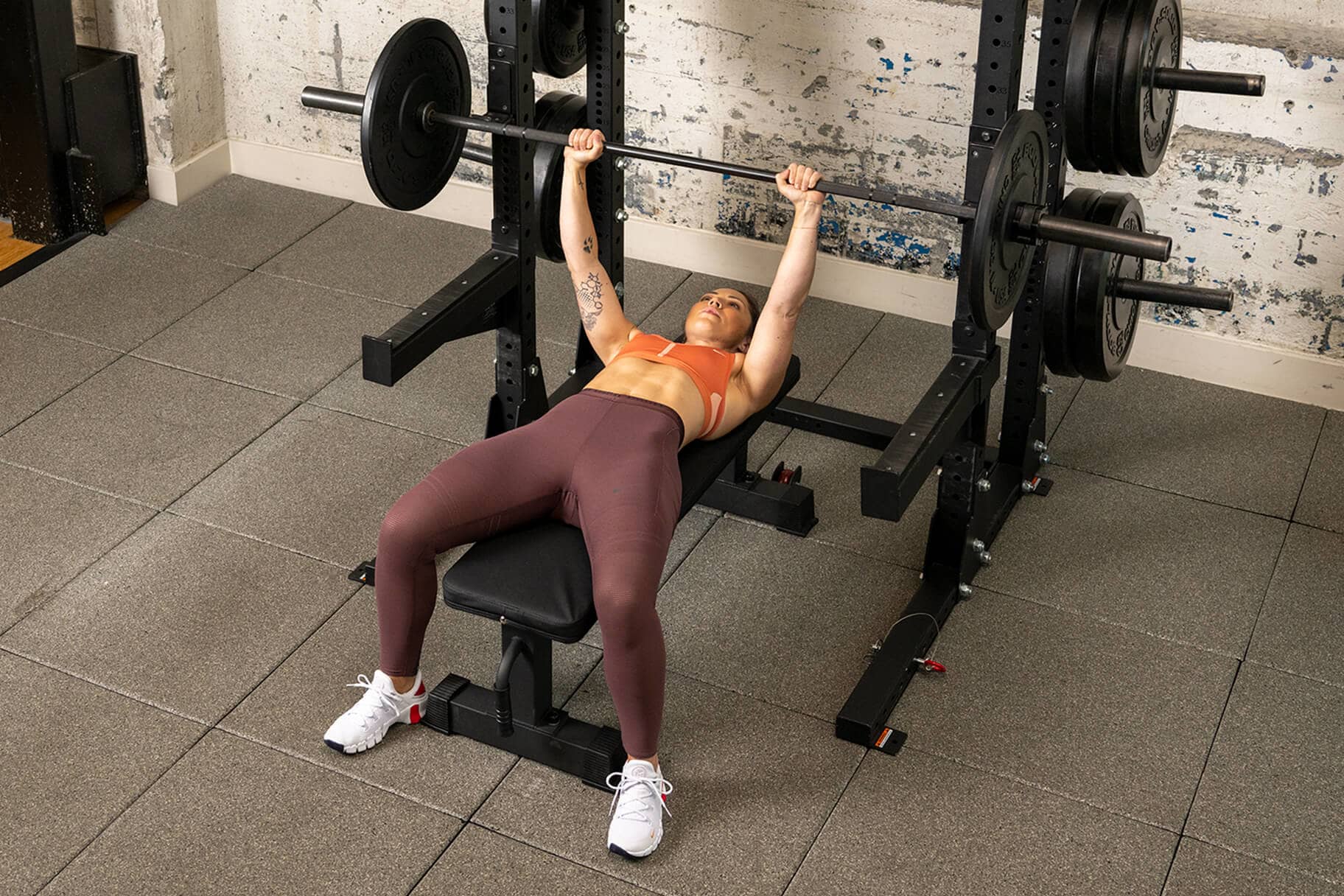
There are a lot of advantages to building muscle and strength. Not only can it help reach sport performance goals, it's also a major boon for your overall health. According to research, just one hour per week of resistance training lowers the risk of developing several chronic diseases, including heart disease and cancer.
One way to make the most of the time you have is by focusing on compound exercises. Below, experts explain what they are, how to do them and what you need to know before you start.
What Are Compound Exercises?
Compound exercises are movements that "recruit one or more large muscle areas and involve two or more primary joints", said Enja Schenck, MS, CSCS.
Here are some key examples of the best compound exercises:
- Squat
- Deadlift
- Lunge
- Step-up
- Push-up
- Chin-up
- Good morning
- Bench press
- Overhead press
- Row
Compound exercises differ from single-joint exercises, which "recruit smaller muscle areas and involve only one primary joint, such as the upper arm, neck, forearm, lower back or lower leg", Schenck said. One example? A bicep curl, which targets your bicep. With the elbow only moving, the biceps brachii muscle is what creates the force during the concentric movement (as you're curling up, the muscle shortens) and eccentric movement (as you move back to the starting position, the muscle lengthens).
Compare a single-joint exercise like the bicep curl to a compound exercise like an overhead press. In the overhead press, you hold one weight in each hand, starting up by your shoulders. Then, both the elbow and the shoulder joint move as you press the weights up overhead and then back down to the starting position. Both the elbow and shoulder joint, as well as the surrounding muscle groups, are called upon to complete the move.
Compare an isolated or single-joint exercise like the bicep curl, to a compound exercise such as the deadlift.
Another example of a compound movement is a deadlift. "During a deadlift, you're working pretty much everything in your body. It targets the lats in your back, your posterior chain, such as hamstrings and glutes, as well as core, adductors and others", said Chris Travis, NASM CPT. "Basically, everything in your body has to turn on to perform a deadlift", he said.
While not all compound exercises target the full body, it's a good example of how multiple muscles and joints have to fire up to complete the movement.
(Related: 9 Benefits of Doing Push-ups Every Day)
4 Benefits of Compound Exercises
Here's the cool thing about compound exercises—because they engage multiple muscle groups, they deliver more bang for your buck, Travis said. Here's how:
1.Improves Muscular Strength Efficiently
Performing compound movements is a time-efficient and convenient way to increase muscle growth and strength and deliver similar results compared to single-joint exercises, according to a review of 23 studies. (However, in certain instances, single-joint exercises are best, such as correcting muscle imbalances in a bodybuilding or rehabilitation programme.)
This is valuable when you lack time for resistance training. When you're working multiple muscle groups in one movement, you can use these moves to create an efficient full-body workout. This is great news, especially if you have trouble fitting in regular strength work—you don't have to be in the gym for hours.
2.Can Lead to Greater Strength Gains
The more muscle groups recruited in a strength exercise, the greater levels of tissue-building hormones—testosterone and other anabolic growth hormones—are released, Schenck said.
A 2019 study on recreational athletes found that while both single-joint and compound (or multi-joint) lower-body exercises lead to strength gains, multi-joint moves were superior in improving muscle strength. Though the differences in strength gain were small, the biggest benefit, said researchers, was that multi-joint exercises delivered these gains in a more time-efficient manner.
And, a small-scale study published in a 2017 issue of Frontiers in Physiology on young men, found that multi-joint work was also more efficient for improving both strength and cardiorespiratory fitness compared to single-joint exercises.
3.Targets Your Core
Whether you feel it or not, you're typically engaging your core in order to stabilise your body during compound movements, Travis said. Research shows that functional compound movements, such as squats or farmer's carry, were better at developing core stability over certain traditional core exercises, such as the hanging leg raise and sit-ups. Why? These moves work the full kinetic chain, which is the term for interconnected joints and muscles that work together to perform movements, according to the American Council on Exercise. For example, the lower kinetic chain consists of body parts from your toes to your spine.
That said, you'll still want to add in some core-specific work to your routine. Some people place core work at the end of a strength session, but you could also do it before as part of your warm-up, he added.
"I like to do some core work to get the body ready to move. This also engages your body to connect your top [half] to your bottom half before bigger lifts", Travis said, which can help you execute the move properly and with better form, something important for injury prevention. Planks and their variations, as well as bear crawls, are a few examples.
4.Can Prime Your Body for Daily Activities
During an isolation exercise, you don't need to maintain tension in other muscles. "You can curl the weight up and down without engaging the other parts of your body", Travis said. On the other hand, recruiting more muscle groups and joints in a compound exercise forces your body to do extra work to kick in and stabilise itself, he said.
Exercises that mimic the pushing, pulling and squatting done in daily life—from carrying multiple bags of groceries, walking upstairs or picking up children—train your body to do these things more effectively (and safely), said Mike Boyle, a certified functional strength coach.
For instance, the farmer's carry—where you walk holding onto weights or other heavy objects—perfectly mimics the muscle activation (and grip strength) that occurs when carrying groceries. Of course, compound exercises can't do it all. If you are after specific aesthetic goals (for example, to grow a specific muscle group), then you'll probably focus most of your efforts on isolation exercises, Travis said.
(Related: What Are Push-Pull Workouts? Experts Explain)
What To Know Before Trying Compound Exercises
Before jumping into a routine, keep these three things top of mind to stay safe and motivated:
1.Form Matters
Technique is important throughout any type of strength training—and that's especially true in a compound exercise. First, learn how to perform each move with proper form without weights. Then, once you've nailed the move, progress to weighted movements, but increase the weight slowly, Travis advised.
Consider working with a certified personal trainer or strength and conditioning specialist to master your form.
2.Engage Muscles First
"Because there are so many muscles involved in compound exercises, the likelihood of injury is greater, too", Schenck said. One of the major roles of muscles is to protect the joints. You can do this by "pre-engaging" your body (or activating your muscles) before and throughout the movement, she advised.
3.Give It Time
Strength and visual changes don't come overnight. "It takes roughly four to six weeks for the body to learn how to properly perform a movement", Schenck said.
As such, strength gains and body composition changes take longer to become apparent. What is happening—and this is important—is that your brain and nervous system are learning to execute each movement more efficiently, she said. Be patient and stick to your routine and you'll see the benefits soon.
Words by Jessica Migala
